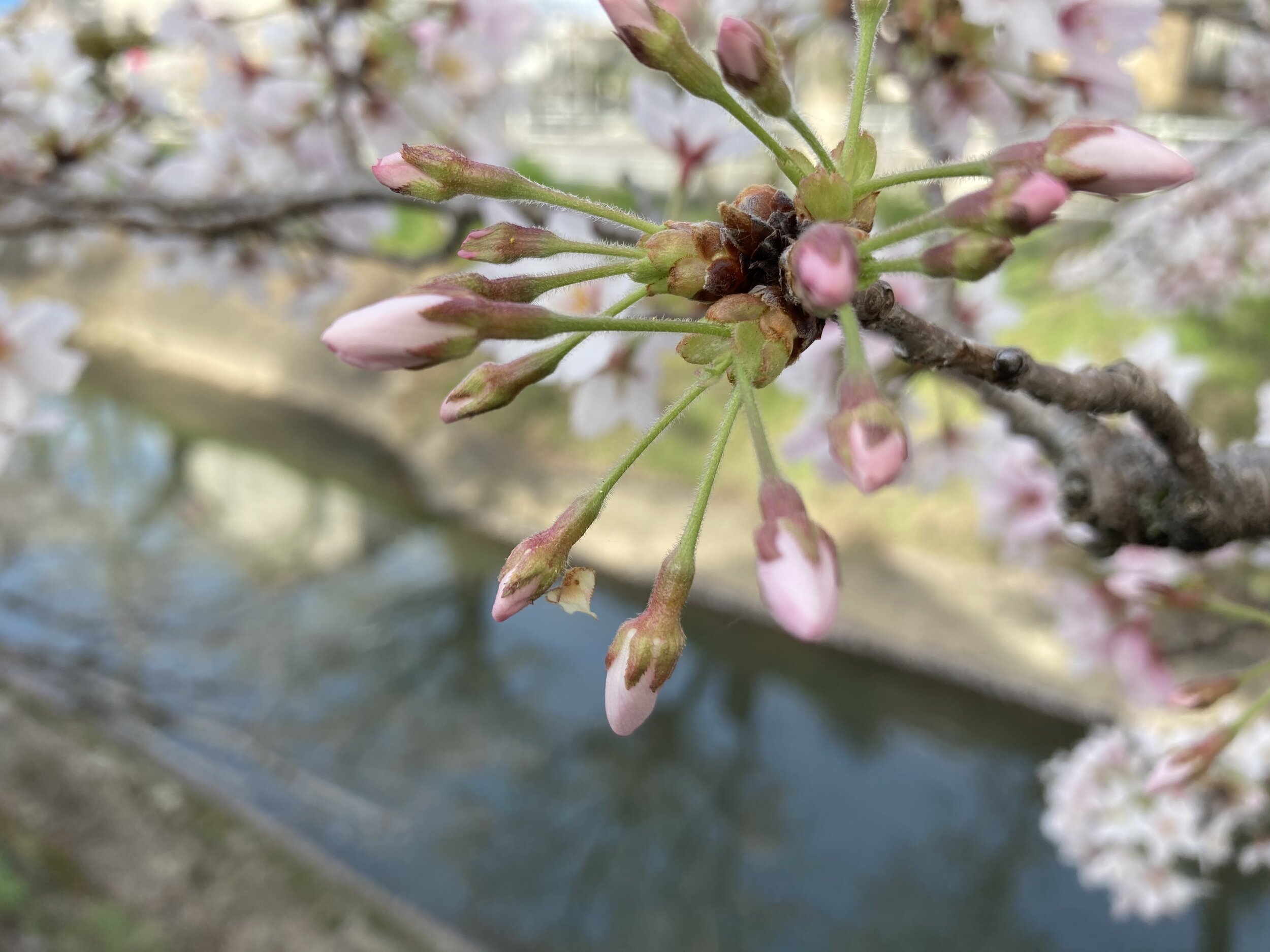We will need to make 1 liter of dashi for our bento class on Saturday 3 October. Please include bonito flakes and kombu, sun-dried kelp in your shopping list, if you do not have them.
How to make 1st dashi stock (ichiban dashi-jiru)
Serves 4 people when making clear soup or miso soup
Ichiban dashi is used for clear broth (suimono), miso soup, tempura dipping sauce, dashi-maki tamago (thick egg omelette), chawan-mushi steamed egg & dashi soup and the list goes on and on.
5 cups water (1 litre water), 10 g dried kelp (dashi kombu), 20g bonito flakes (hana-katsuo)
1. Do not wipe off the white stuff on the dried kelp as it is the natural flavour (umami). Heat up 1 litre water with 10 g dried kelp on medium heat allowing 10 minutes before the near boiling point. Do not boil the water when the dried kelp is in the water or the water goes green and loses the nice flavour of the dried kelp. Just before the boiling point remove the dried kelp and set it aside for making the second dashi stock (niban dashi). Add the bonito flakes and allow water to boil once and turn off the heat.
2. Skim the froth if any and as you do so the bonito flakes go down to the bottom of the pot. Strain the dashi stock through the clean cheesecloth into a clean pot. Do not squeeze the fish flakes with a ladle or you may spoil the pure ichiban dashi for clear soup.
How to make 2nd dashi stock (niban dashi)
Niban dashi is used for cooking vegetables, Nikujaga, braised Wagyu with onion, carrot and potatoes.
500ml water, reuse the kelp and the bonito flakes just used to make the ichiban dashi.
1. Heat up the water with the used kelp and fish flakes on high heat. Reduce heat to simmer as it boils and keep simmering for about 5 minutes.
2. Remove the kelp and strain the niban dashi through the clean cheesecloth into a clean pot. You may squeeze the fish flakes with a ladle this time.
To watch Flying Chef Shuji cook in Japan and overseas: www.youtube.com/user/shujiozeki
Yuan Marinaded & Grilled Kamasu Barracuda Fillet Served with Kabosu
カマスの幽庵焼き かぼす Serves 2
In the Edo period, there used to be a Chado Master and also an epicurean by the name of Kitamura Yuan who lived by the Lake biwa, the largest lake in Japan. He would marinate and grill the fish and wild duck fillet in his own marinade consisted of one part mirin, one part sake and one part soy sauce (the same as Kuwayaki BBQ sauce). It is said that the name of this marinade was named after his name Yuan. Yuan-marinade is often used in kaiseki cuisine during autumn-winter months today. In kaiseki cuisine, fish or duck fillet is marinated in Yuan marinade with Yuzu medallions and chargrilled.
Ingredients:
2 whole barracuda (kamasu)
two kabosu citrus fruits (or lemon or lime)
To make yuan marinade mix 50ml sake, 50ml mirin, 50ml soy sauce, 4 slices of yuzu citrus fruit, or orange.
Scale the fish, remove the heads and guts then wash with cold tap water and dry with a paper towel. Fillet the fish and remove the bones.
Put the fish fillet in a plastic bag and pour in the yuan marinade and soak for 15 to 30 minutes. The soaking time will vary according to the size of the fish, room temperature, humidity and the four seasons in the climate where you live in. Take the fish out of the bag and drain well.
Skewer the fish with metal skewers and score the skin side as demonstrated by Chef Shuji during his lesson. Grill on high heat on the meat side first then turn over and cook the skin side. Twist the skewers a few times whilst grilling the fish. This makes it easy to remove the skewers.
Remove the skewers and arrange on the dishes. Serve with kabosu citrus fruit, lime or lemon.
You can use salmon fillet, buri or kingfish, amadai or tilefish, and Spanish mackerel instead of barracuda.
You can simply panfry or steam the marinated fish.
Dashimaki-Tamago: Sweet Egg Omelette with Dashiだし巻き玉子
Ingredients Serves 2
4 eggs
80 ml ichiban-dashi
1 tablespoon sugar
1 tablespoon soy sauce
kitchen paper as needed
vegetable oil as needed
Method
1 Crack four eggs into a mixing bowl and beat well with chopsticks.
2 In another mixing bowl, pour in 80 ml ichiban-dashi stock then add 1 tablespoon sugar and 1 tablespoon soy sauce and mix well. Pour into the egg mixture and mix well with chopsticks.
3 Heat a square-shaped egg frying pan (If you do not have one, you can use a normal frying pan.) on high heat, oil it lightly and pour in about 60ml egg mixture. Quickly move the frying pan to let the egg mixture run evenly into every corner of the pan. Poke the bubbles with the chopsticks as they appear. Tilt the pan to a 60-degree angle and flip the pan towards you. At the same time use the chopsticks (or a spatula) to help flip the egg sheet and fold the egg sheet twice towards you by repeating the 60-degree angle and flipping motion. This is as far as I can explain in words. I will show you how to do this during our cooking class.
● If you do not have a Japanese square-shaped egg frying pan, you can use a normal frying pan.
Braised Pumpkin 南瓜のじか煮 Serves 2














































